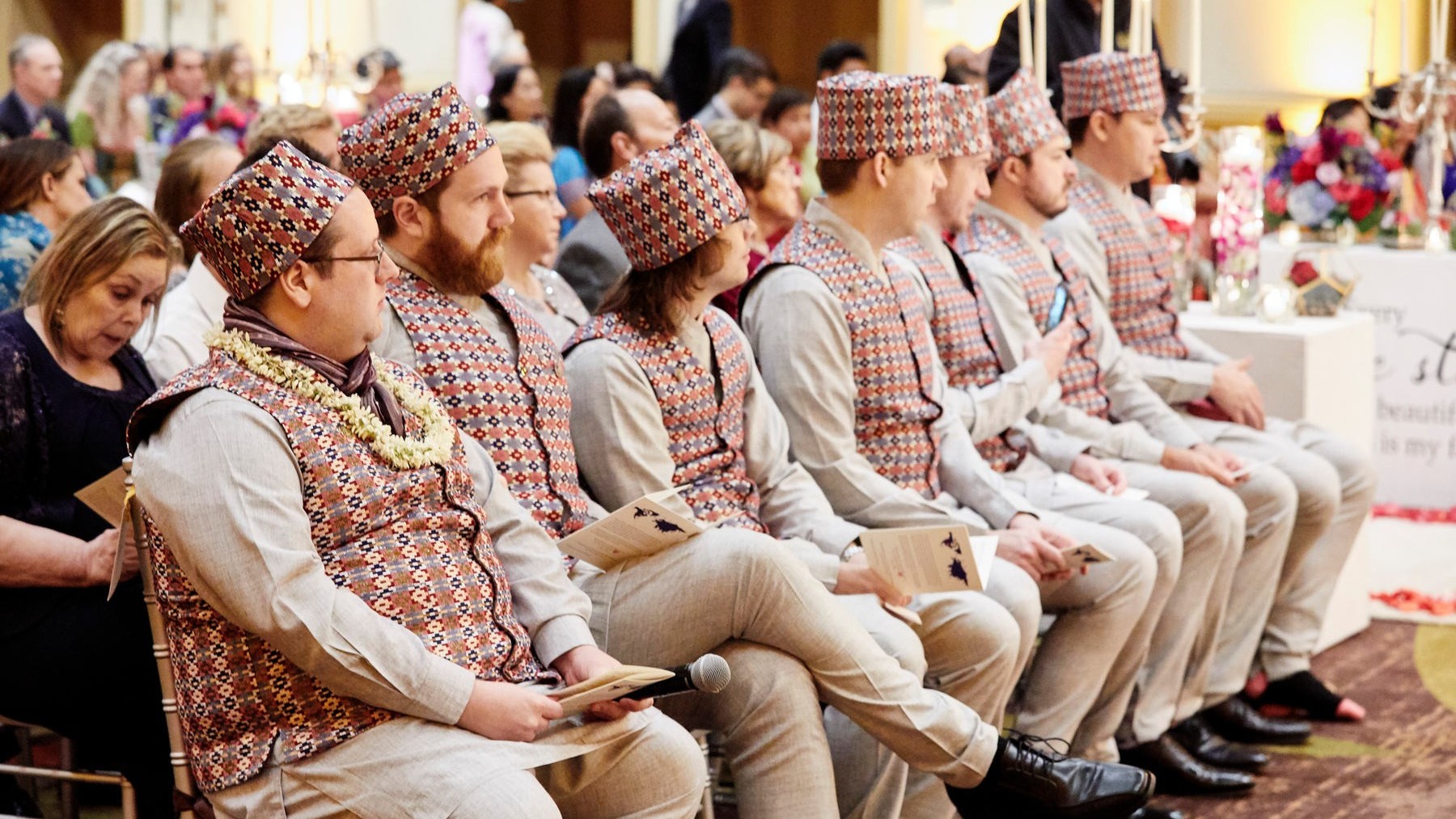Some Interesting Facts about Nepal
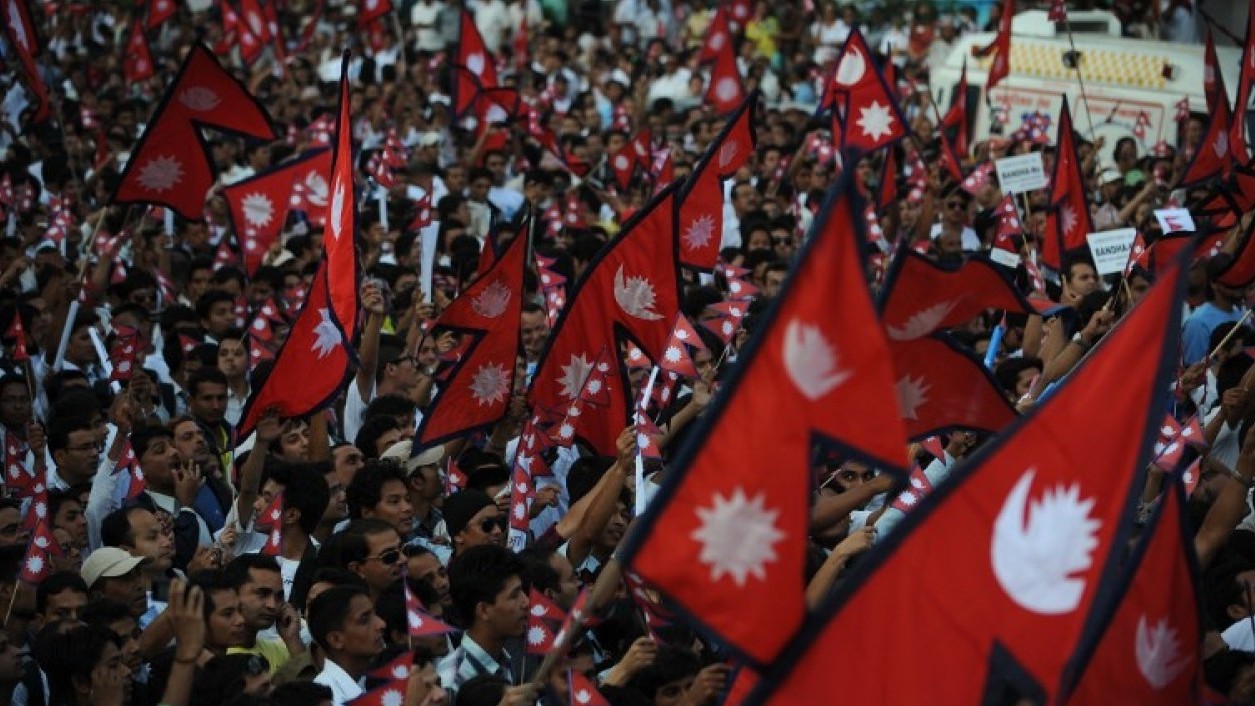
If you are planning to visit Nepal and willing to know about some major things that resemble Nepal, then here are the 10 amazing facts about Nepal. All these facts about Nepal are based on the popularity and their connection with Nepalese history. It is always a matter of fact for travelers to know what kind of unique facts one country possesses before travelling. Nepal, the beautiful country of Himalayas, is not just famous for its natural resources but also the unique cultural beauty, amazing biodiversity and the brave history that lies within.
Country of Brave Gurkha
Nepal is a country of brave warriors. This is one of the greatest and worldwide popular facts about Nepal. We boast about them all over the world. From the very past, Nepal has an independent history. Nepal wasn’t colonized by any country and till now we are an independent sovereign country. There was a kingdom that came to an end in 2008 and from then, Nepal is a constitutional country. It is also one of the major interesting facts about Nepal that remains intact in the history of Nepal.

The country was under the rule of the Rana regime from 1846 to 1950 which ended due to people’s revolution. The Brave Gurkha’s are famous all over the world.
Gorkha is also the land of the brave Gurkha warriors who fought bravely with knives against the guns during the Anglo-Nepal war. The brave ancestors fought, stayed in famine, drought but didn’t fall into the trap of enemies or didn’t bow in front of them. This made enemies praise our ancestors all over the world.
The brave Gurkha soldiers are still famous all over the world and the stories of their bravery have never gotten old. From Nepal to the US to Britain, everyone everywhere sings the praise of the bravery of a Gurkha soldier. Because of the bravery shown by the ancestors, Nepal is a sovereign independent state whose war stories are famous all over the world.
Country of Living Goddess “Kumari”
The Kumari goddess of Nepal is one such custom that is both compelling and controversial. In Nepal, Hindus and Nepali Buddhists (as opposed to Tibetan Buddhists) worship a living child as the embodiment of the goddess Taleju, or Durga as she is known in Indian Hinduism. This is not so based on the facts about Nepal but it's a living beauty that has been admired by the world.
Every ten or so years, a girl aged between 4 to 7 years old is selected from a particular caste, Newar, to live as the real-life incarnation of the Goddess until her first menstruation, during which the goddess leaves her and she resumes her mortal status once more. She must also possess 32 specific attributes, ranging from the “eyelashes of a cow” to fearlessness and serenity.
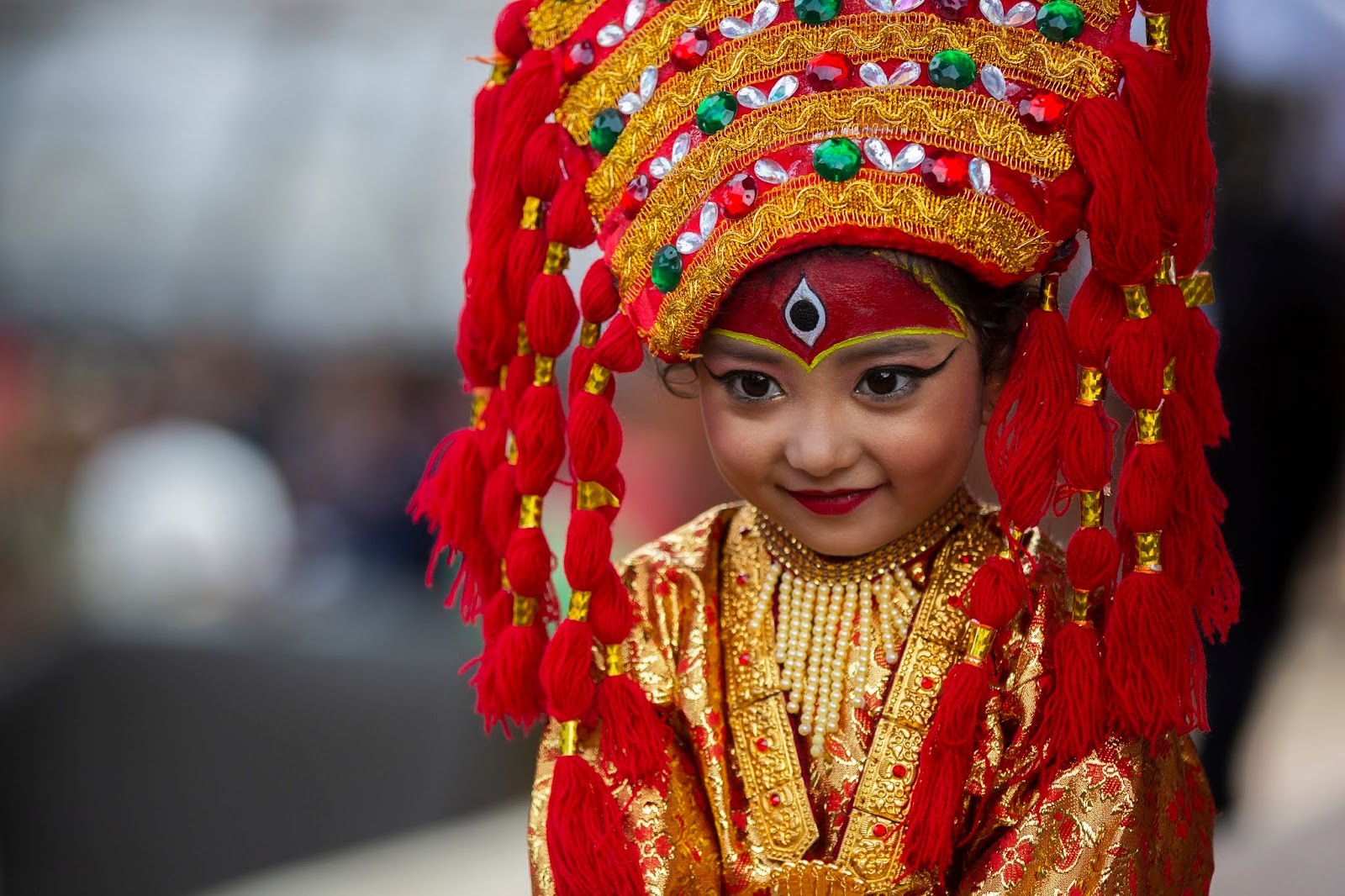
Taleju is a fierce goddess, so the girl must also be tested for bravery. One test involves leaving the child in a darkened room surrounded by the severed heads of sacrificed animals and masked dancers. The true Kumari will remain calm and composed throughout this frightening ordeal. Once chosen, the girl must leave her home and family to reside in a palace as a living deity.
She will rarely get to leave the palace, except when carried on a golden palanquin to religious ceremonies. In fact, she will barely walk at all, as her feet are deemed sacred, and even the King (and now Prime Minister since the fall of the royal family), will kiss her feet each year to ensure a blessing for the country. Petitioners will also seek her favour, just catching a glimpse of her is considered very good luck.
The legend had been around since at least the 17th century, and there are several legends as to how it came about. The most popular one tells of a Nepalese king who possessed the ability to communicate with the goddess Taleju. In fact, she used to visit him every night to play dice and discuss affairs of state. One night, the king made a sexual stride towards her which infuriated the goddess. She visited him in a dream that night and told him that she has withdrawn her blessing for his kingdom and that his dynasty will be destroyed. She also vowed from them on to only appear as a young virgin girl of the Shakya caste.
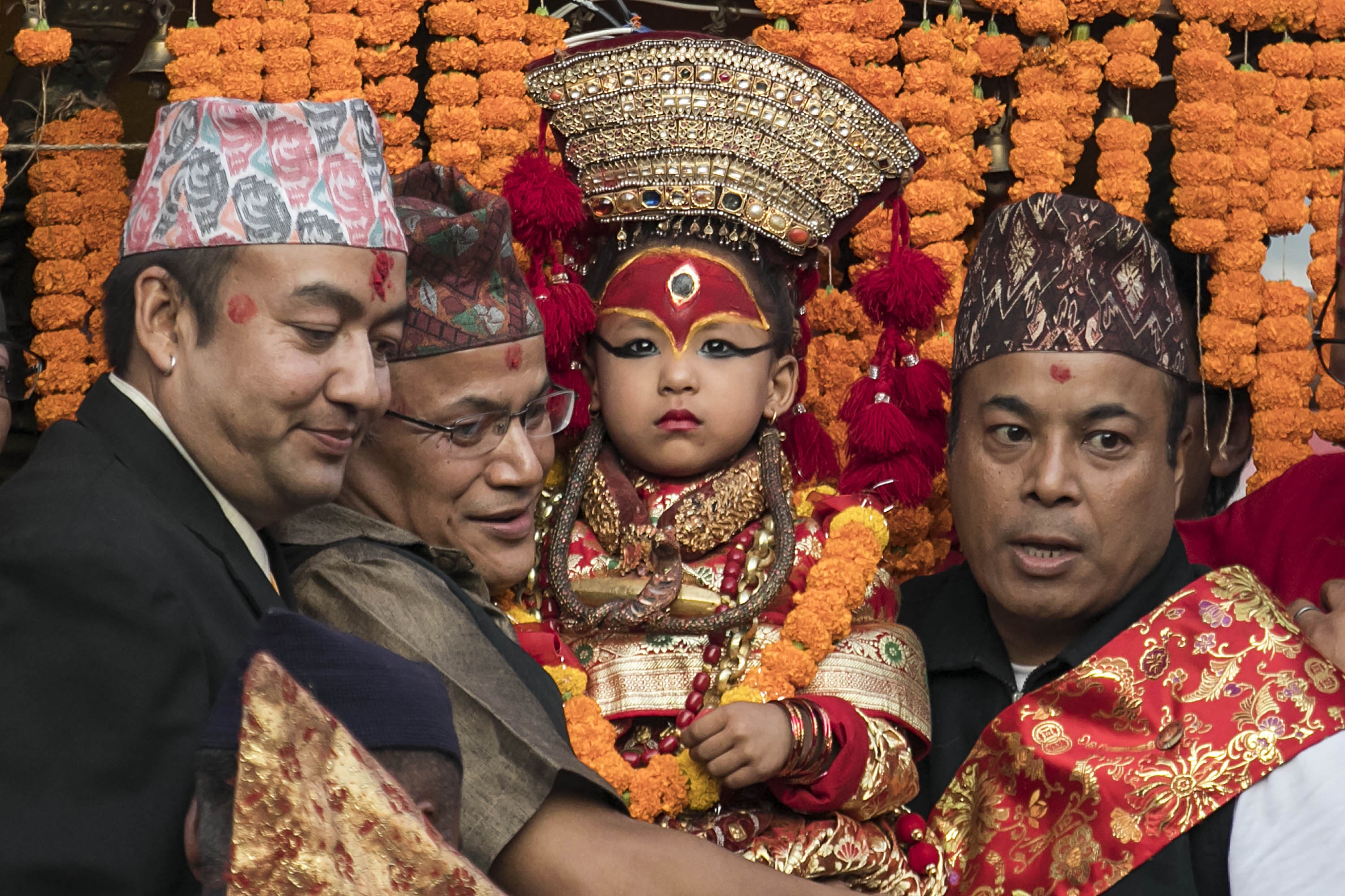
Interestingly, that king’s dynasty did end in a coup shortly after, and the new king sought the blessing of Taleju in the form of a young Shakya girl. The tradition has continued ever since, and every September the Kumari goddess, decked out in jewels, makes a procession on her golden palanquin during the Indra Jatra festival. Thousands of petitioners surround her as she blesses the king and land once more.
Country of Mt. Everest, the tallest mountain of the world
Mount Everest is also called Chomolangma, meaning “Goddess Mother of Snows” in Tibetan and ” Sagarmatha”, meaning the ” Mother Of Universe” in Nepalese. The mountain is sacred to the native people. It is located in the Mahalangur mountain range in Nepal. Its peak is 8,848 metres above sea level which makes it the tallest mountain in the world. It is over 60 million old formed by the movement of Indian Tectonic plates pushing up and against the Asian plate. Mount Everest attracts many highly experienced mountaineers as well as capable climbers willing to hire professional guides. This is one of the world-renowned facts about Nepal for which many tourists come to Nepal to reach the pinnacle of the earth

There are two main climbing routes, one approaching the summit from the south-east in Nepal (known as the standard route) and the other from the north in Tibet. While not posing substantial technical climbing challenges on the standard route, Everest presents dangers such as altitude sickness, weather, wind as well as significant objective hazards from avalanches and the Khumbu Icefall. More than 10,000 people climb this mountain every year. Sherpas are the famous tribe of this mountain who are famous all over the world. Nowadays, you can observe the mountain by air as well go for skydiving from the world’s tallest mountain.
World Heritage sites of Nepal
Nepal is a country having various cultural, natural and religious heritages. Temples, stupas, rest houses, inns, etc. are religious heritage. Likewise, language, arts, dress, the way of living, etc are regarded as cultural heritage and Himalayas, mines, rivers, waterfalls, lakes, forests, national parks, wildlife reserves, etc. are natural heritage. All these religious, cultural and natural heritage sites are national properties. Besides, the public road, bridges, electricity, Chautara, etc are also national properties. All the public properties which are under the ownership of the state/nation are the national heritage. UNESCO has included Chitwan National Park in the list of World Heritage in 1984 and Sagarmatha National Park in 1979 AD. The UNESCO's list even made these a perfect addition in facts about Nepal more stronger as the historical past century are highly taken as an object of importance and significance.
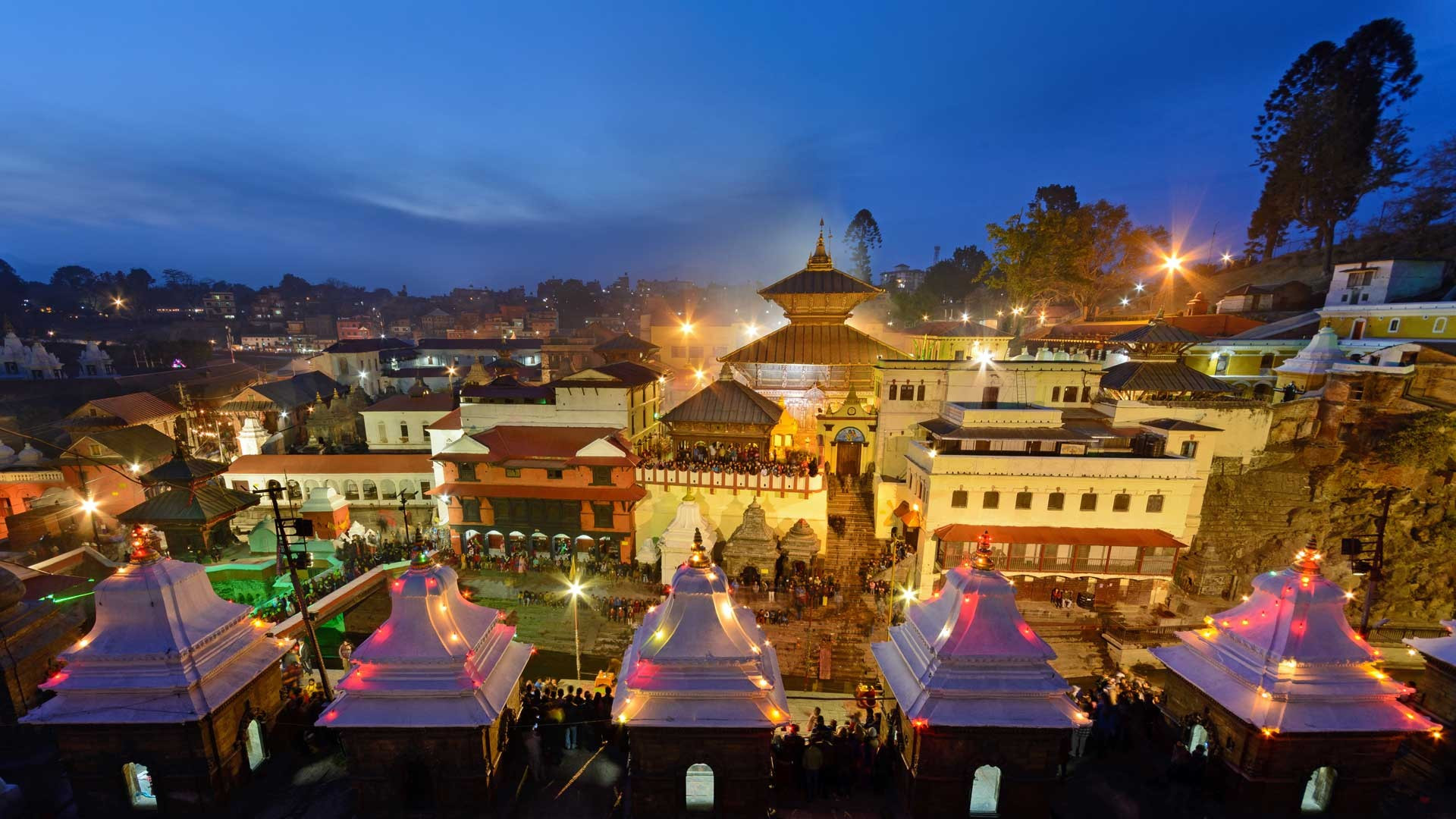
The following list resembles the national heritages enlisted in World Heritage Site by UNESCO:
- Lumbini
- Pashupati Area
- Sagarmatha National Park
- Chitwan National Park
- Hanumandhoka Durbar Square
- Patan Durbar Square
- Bhaktapur Durbar Square
- Changunarayan Temple
- Bauddhanath Stupa
- Swayambhunath Stupa
World’s Rarest Animals
Simply, Rare plants and animals are those whose number or frequency is less or under threat of danger in comparison to other species (plants and animals). An endangered species is a native species that faces a significant risk of extinction in the near future throughout all or a significant portion of its range. Such species may be declining in number due to threats such as habitat destruction, climate change, or pressure from invasive species. Nepal also has many rare and endangered species.
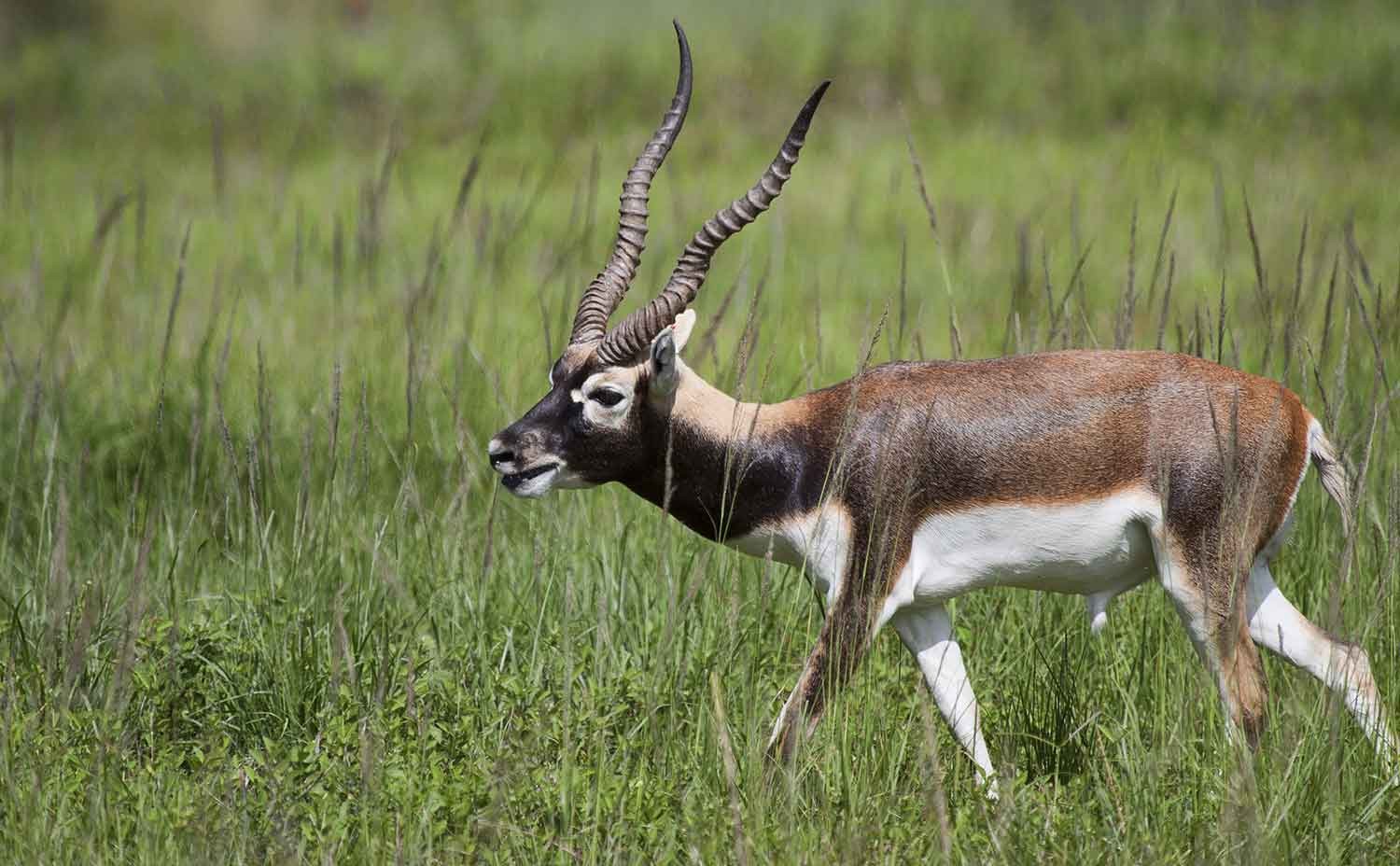
One-horned rhinoceros, Kade Vyakaur, Red Panda, etc. are some rare birds and animals of Nepal. Nepal is undoubtedly an amalgamation of diverse floral and faunal spectrums that are itself, of course, the major facts about Nepal.
Cultural Diversity
Nepal is as diverse in its inhabitants as her geography and climate. It will not be an exaggeration to call Nepal a melting pot of races and tribes. Tibeto-Burmans, or Mongoloids from the north, and Indo-Aryans from the south are the two major groups who have inherited many customs from both the sides and in the course of time have evolved in myriad forms by the influences of the land, climate and available resources. Sherpas are the major inhabitants of high mountains.
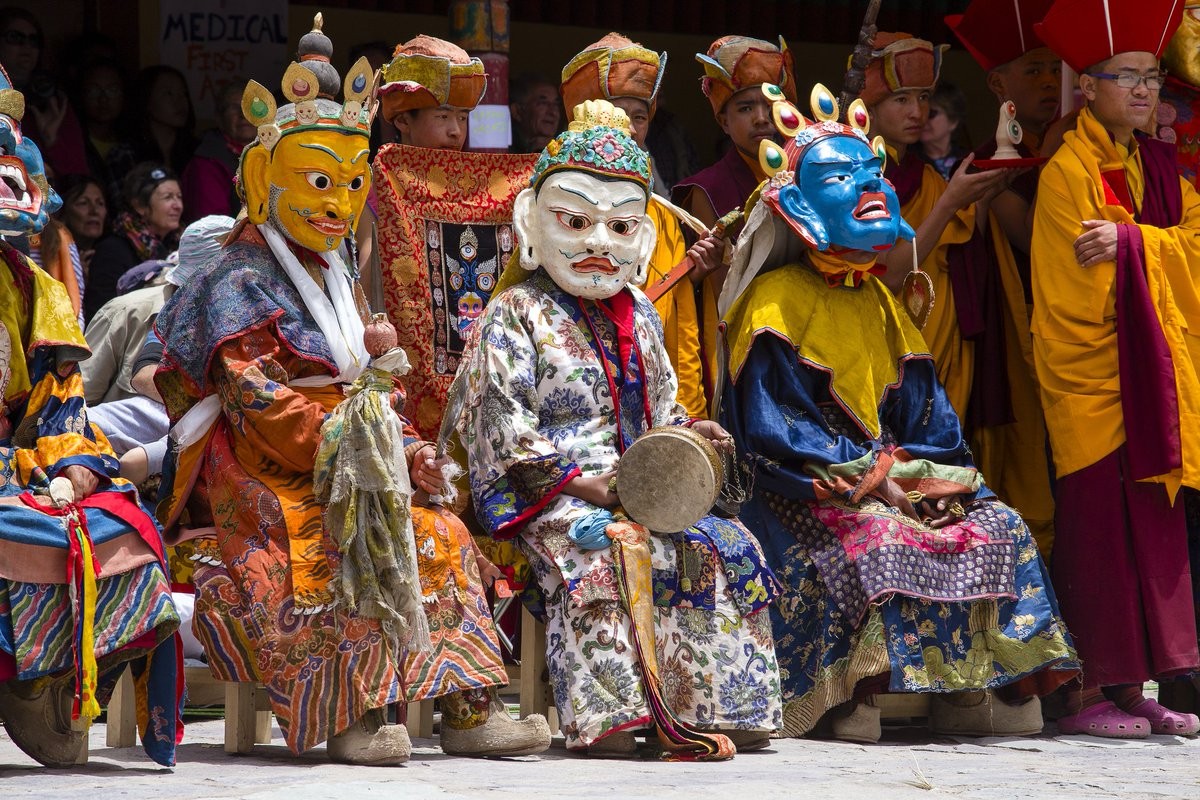
The Sherpas have easy access to Tibet for trade and social intercourse and therefore Tibetan influence on their culture and civilization remains distinct. They live by raising animals, and trading. The harsh climate and geography make life a real challenge upon the mountains. Life, here, is a delicate balance of hard work and social merrymaking, tempered by a culture deeply steeped in ancient religious traditions. The mid-hills, valleys, and river basins are home to various Tibeto-Burman and Indo-Aryan people, for example, the Brahmins, Chettris, and Newars.
The Brahmins and Chettris inhabit throughout the country mainly practising numerous forms of agriculture and animal husbandry. But the Newars, who are more in business, are mainly concentrated in the Kathmandu Valley and other small and big towns across the country. The Tamangs live in the north-central hills. The Rais, Limbus, Chepangs are mainly found in the eastern hills. The Magars, Gurungs, and Thakalis inhabit the central hilly region. They grow different crops and keep animals for their livelihood and have their own distinct social and cultural patterns.
Culture and Heritage are the symbols of Nepal.
The Tharus, Kumhals, Brahmins, Rajputs, Danwars, Majhis, Darais, Rajbanshis, Statars, Dhimals and Dhangarsare the chief ethnic groups live in the southern plains of Nepal. Most of these ethnicities have roots in India. They speak different north Indian dialects – Maithili, Bhojpuri etc. Most of the inhabitants depend on agriculture although there are some occupational castes like Majhi ( Fisherman), Kumhal (Potter) and Danuwar (Cart Driver).
As popularly stated by King Prithivi Narayan Shah Nepal is a common garden of four castes and 36 ethnic groups where people have lived in perfect harmony and peace for centuries. This respect for multilingual, multi-ethnicity and religious-diversity among the people of various ethnic, tribal, and social groups living in astonishingly varying physical and social settings has made Nepal tremendously rich and diverse in her culture despite her poverty, illiteracy and backwardness.
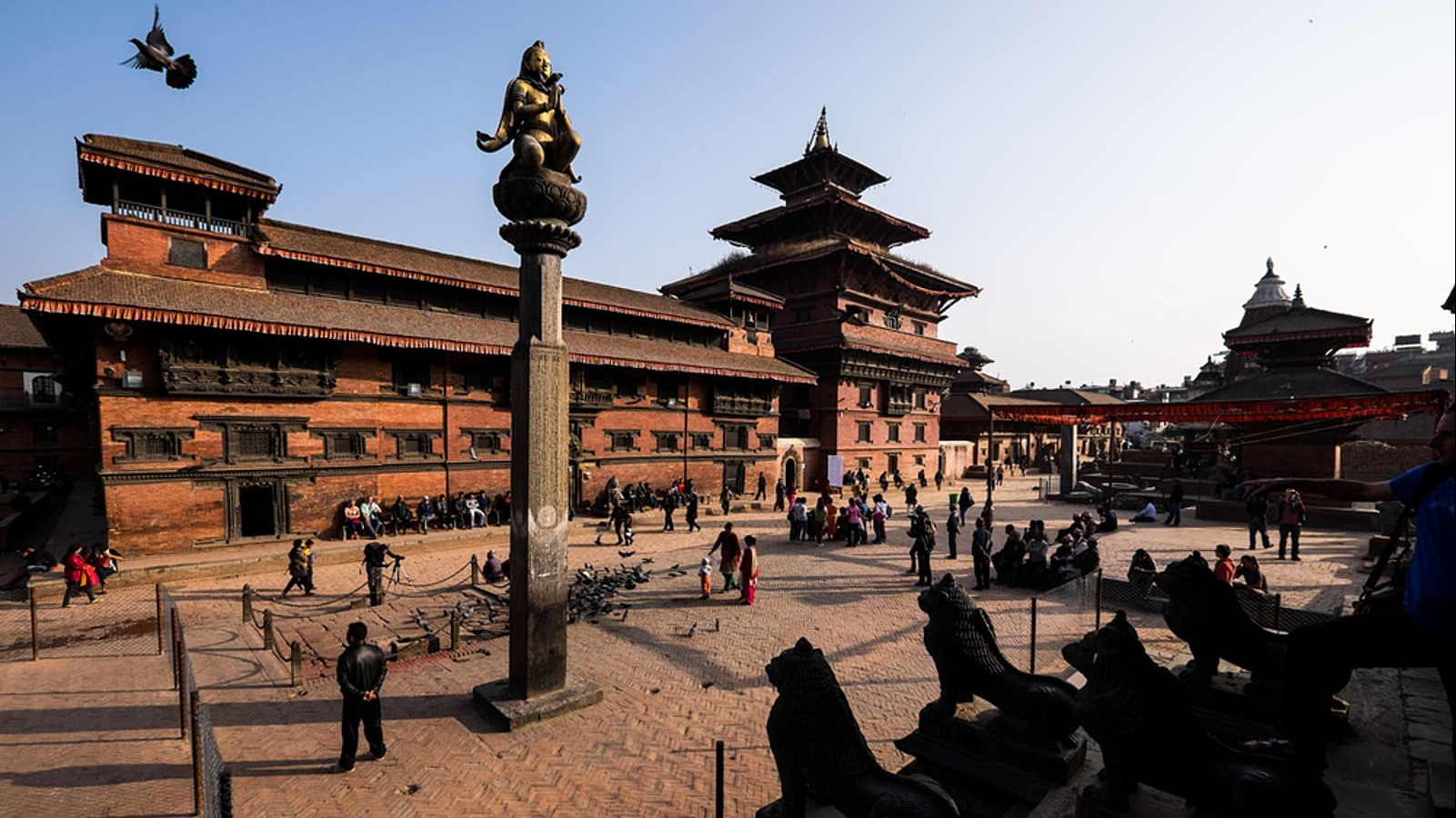
The culture of Nepal is a unique combination of tradition and novelty. The traditions are followed as they were and new customs are created to keep pace with the changing times. Nepali culture manifests itself in various forms: religion, festivals, foods, drinks, language, music, dance, songs, folklore, literature and philosophy. Nepal, in short, is a country where art, culture and religion are a part of the life of the inhabitants. Nepal has been a feudalistic society and distinctively stratified across class lines. So, codes of manners, dress, language, rituals, norms of behaviour and faiths in various fields of life are the ways to live life.
Although Nepali people practice different religions, there has never been any conflicts regarding religion. Religious respect and tolerance are very important values for Nepalese. The largest portion is Hindu accounting for about 80 % of the population, approximately 11 % people are Buddhists, 10 % Muslim, 4 % Kirat; and the rest are the other religion followers like Christians. Celebrations and festivities are core elements of Nepali culture. Nepal is a land of festivals and rituals. Festivals in Nepal begin with religious significance and end as social events bringing families and friends together. There are more than 50 major festivals celebrated in Nepal throughout the year.
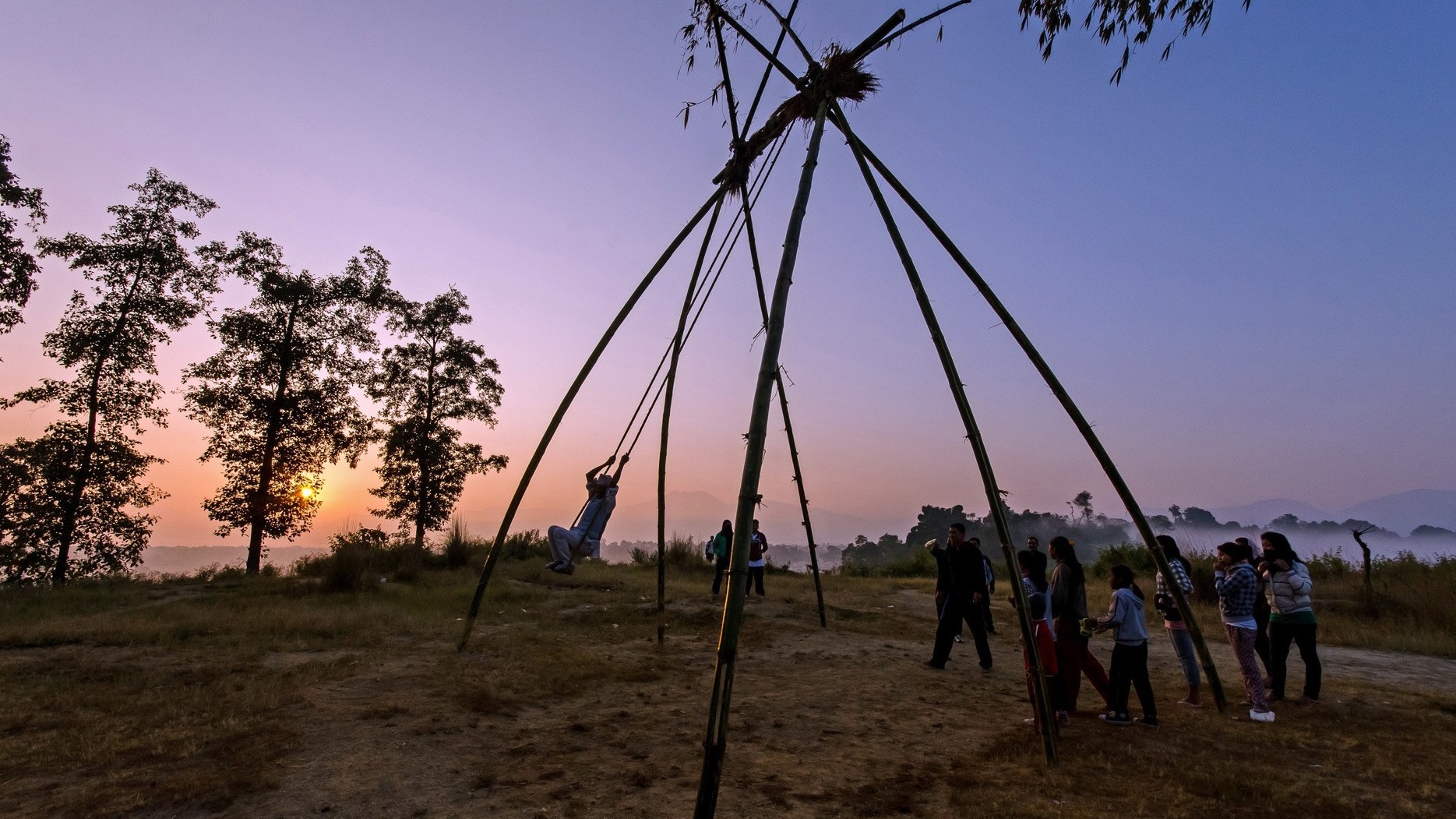
Most festivals have religious hue and are related to different Hindu and Buddhist gods and goddesses. Festivals like Vijaya Dashami, Deepawali, Buddha Purnima, Lhosar have national significance. However, there are some festivals which have historical significance and others are seasonal celebrations. For the Nepalese, festivals are not merely the annual spectacles, but also are a living part of their rich cultural heritage. Festivals have brought unity in the evident diversity that exists in Nepal.
World’s Highest Altitude Lake, Tilicho Lake
Tilicho lake is located in the Manang district of Nepal. It is situated at an altitude of 4,919 metres in the Annapurna range of the Himalayas. It is the highest altitude lake in the world. It is a renowned place for the pilgrimages as well. It holds a huge religious significance as per the Hindu and Buddhist mythology. This lake lies in the Annapurna region and is one of the finest trekking routes that deviates from Jomsom to Tilicho.
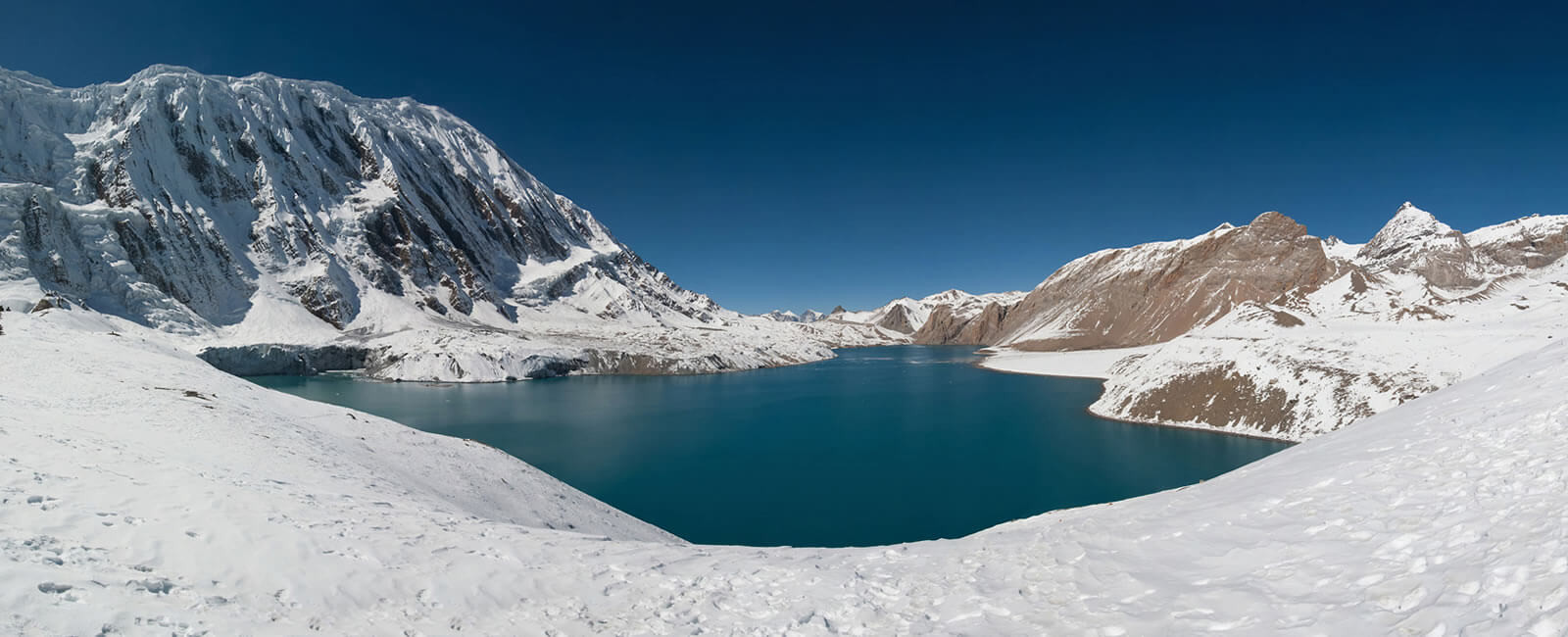
You get to explore some of the arid settlement of Mustang as well adding perfection to the diversity of geographical variations in the mountains of Nepal.
The holy land- Country of Temples
Nepal, also known as holy land, is a house to many thousands gods and goddess worshipped by the people. Nepal worships more than 33 crore deities. It is believed that Nepal is a holy land because in the past, many gods and goddess visited here and many sages gained spirituality here.

Many famous temples like Pashupatinath, Swayambhunath, Changunarayan, lie here. Nepal is a holy place for both Hindus and Buddhists people. You will find temples and stupas at every corner of the cities.
Birth Place of Gautam Buddha
The country is also the birthplace of Lord Gautam Buddha. Buddha, the founder of Buddhism, was born here. He established and taught people to live selflessly, he established peace and compassion in the world. His selfless act inspired millions of people and they later formed Buddhism on his teachings. The spiritual ambience of Lumbini itself lures a lot of tourists to visit this region. Once the Kingdom of Shuddhodhan is now a holiest Buddhist pilgrimage offering world peace and inner peace in a vibrant settlement. The exact birthplace of Lord Buddha is said to be Sal Grove which is remarkably a focal point in Lumbini garden.
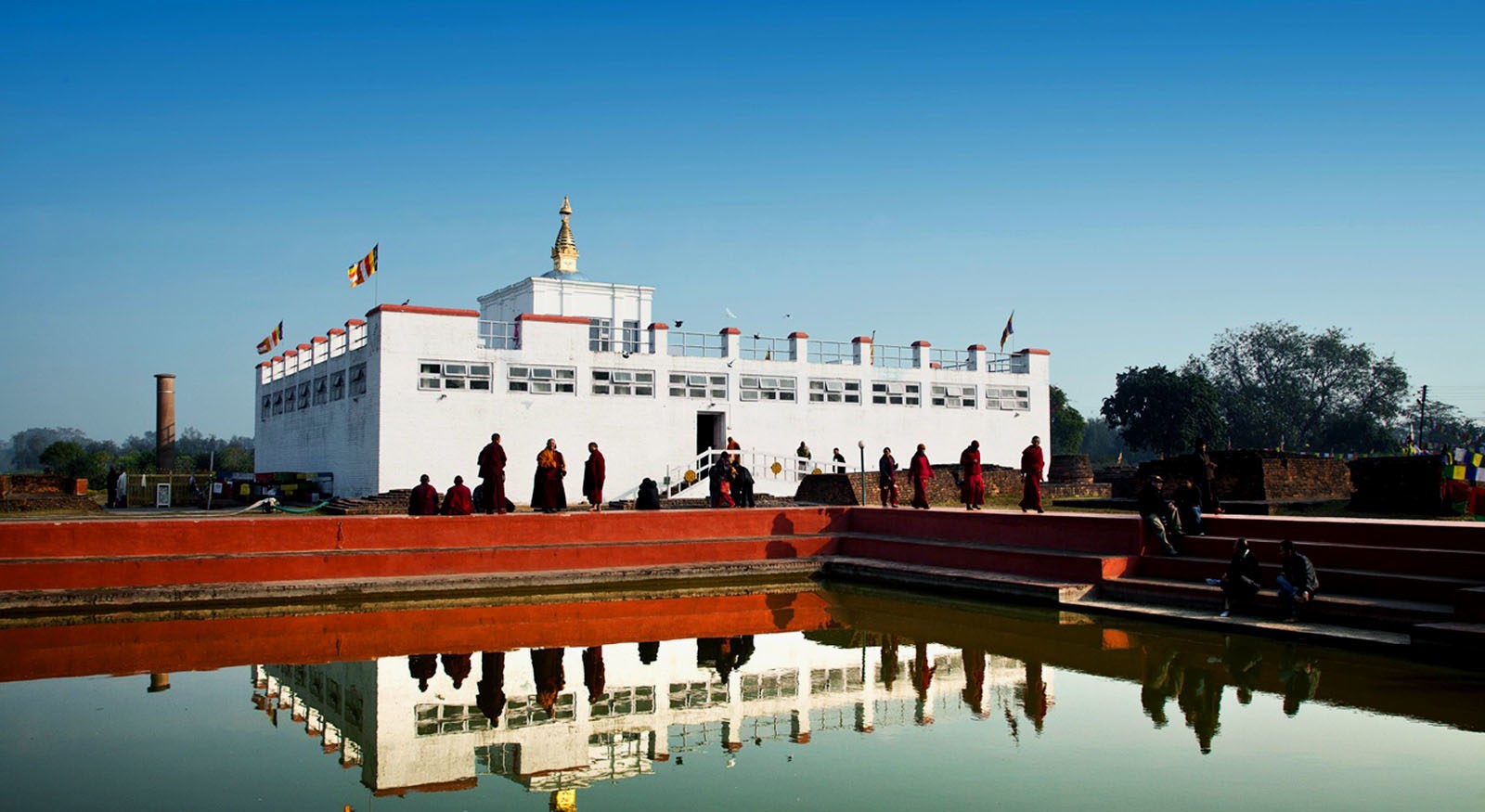
Some of the major attractions around Lumbini are Maya Devi temple, World Peace Pagoda, Myanmar Golden Temple, Ashoka Pillar, Lumbini crane sanctuary etc. Besides, there are some other places that take relevance to the existence of the life of Gautam Buddha and are venerated for the huge pilgrimage needs.
Country of Adventure
Nowadays, Nepal is popular for adventure. Nepal, not only famous for rich natural resources, you can also enjoy the lifetime, divine and ultimate adventurous activities. From white water rafting to sky diving from the world’s highest mountain, you can get the life-changing experience. You can go paragliding from big green hills, you can go trekking in the beautiful Himalayas as well go canoeing in the waterfalls. You can enjoy the ultimate holiday experience in Nepal.
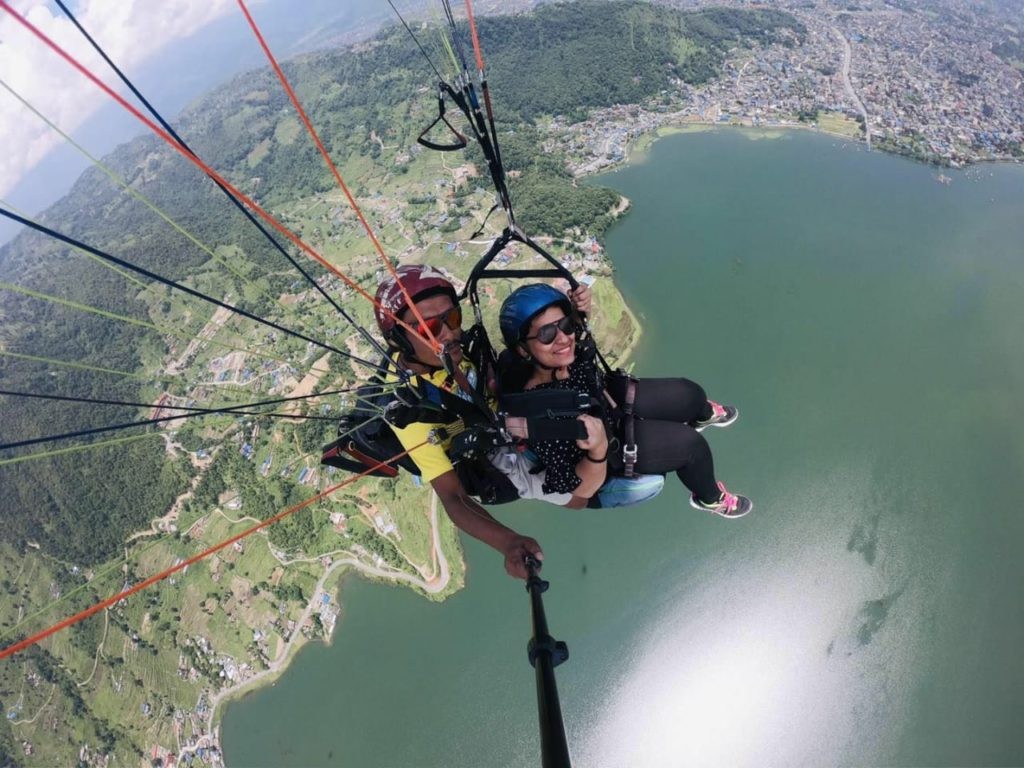
There are a lot of adventurous activities available in Nepal. Pokhara is considered to be the epitome of adventure as it offers the mind-blowing sceneries, some human-defined adventurous activities and a lot of joy with its beautiful natural settlement. Paragliding, Zip Flyer, Hot Air Ballooning, Boating, Trekking, Hiking, Mountain Biking, Ultralight Flight, Rafting, Bungee Jumping etc. are some of the major adventurous activities in Pokhara.
Nepal is historically enriched with several rulers and emperors. The centuries long history even dates back to the existence of humankind during the age of truth as per the hindu holy epics. It has been revered for its wonderful pilgrimage offerings, shakti peethas, spirituality, yoga and meditation and wonderful Himalayan activities. The interesting facts about Nepal are, but not limited to, the historical attributes, unity movement during the reign of Prithvi Narayan Shah and foremost the Tourism development ever since the decade of 1950s.

